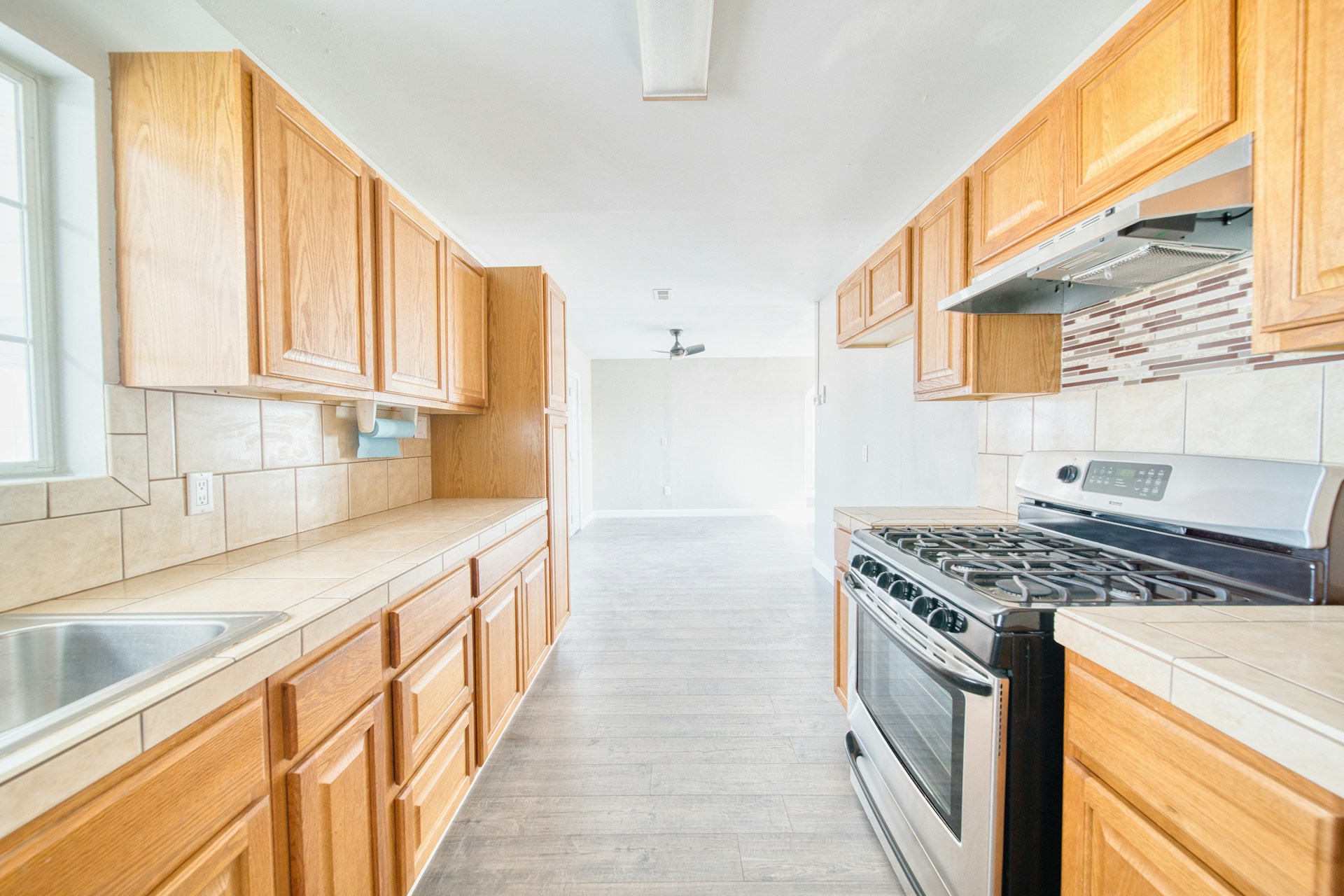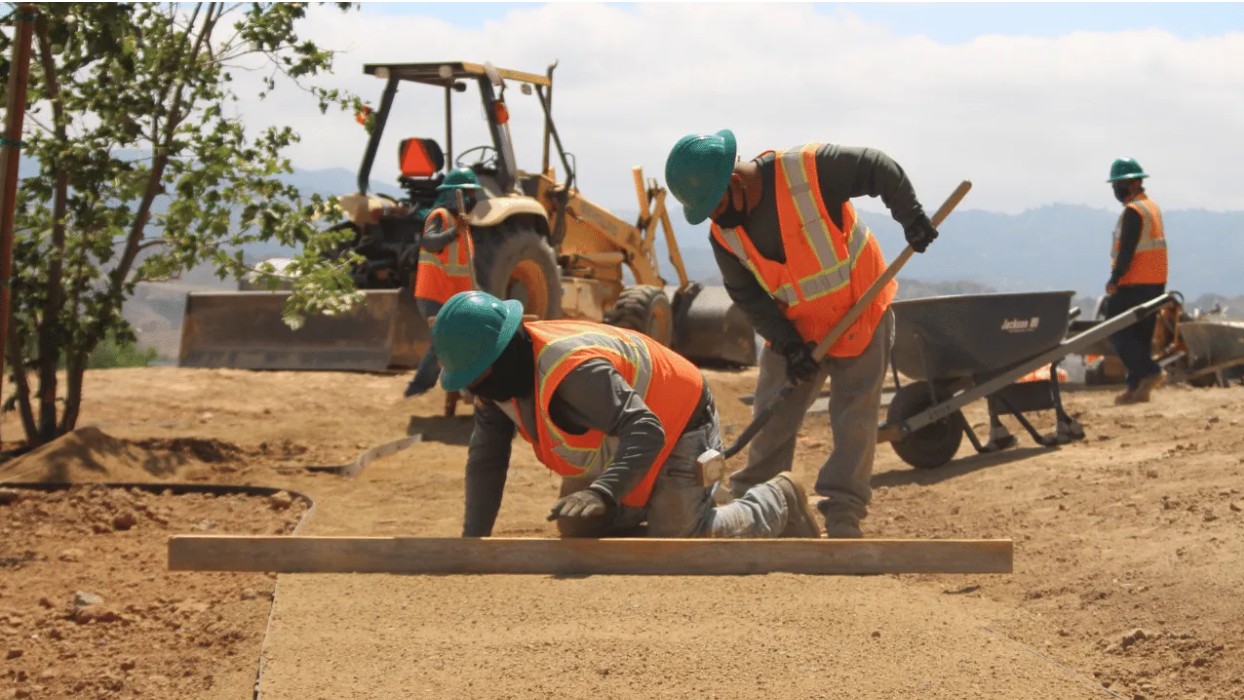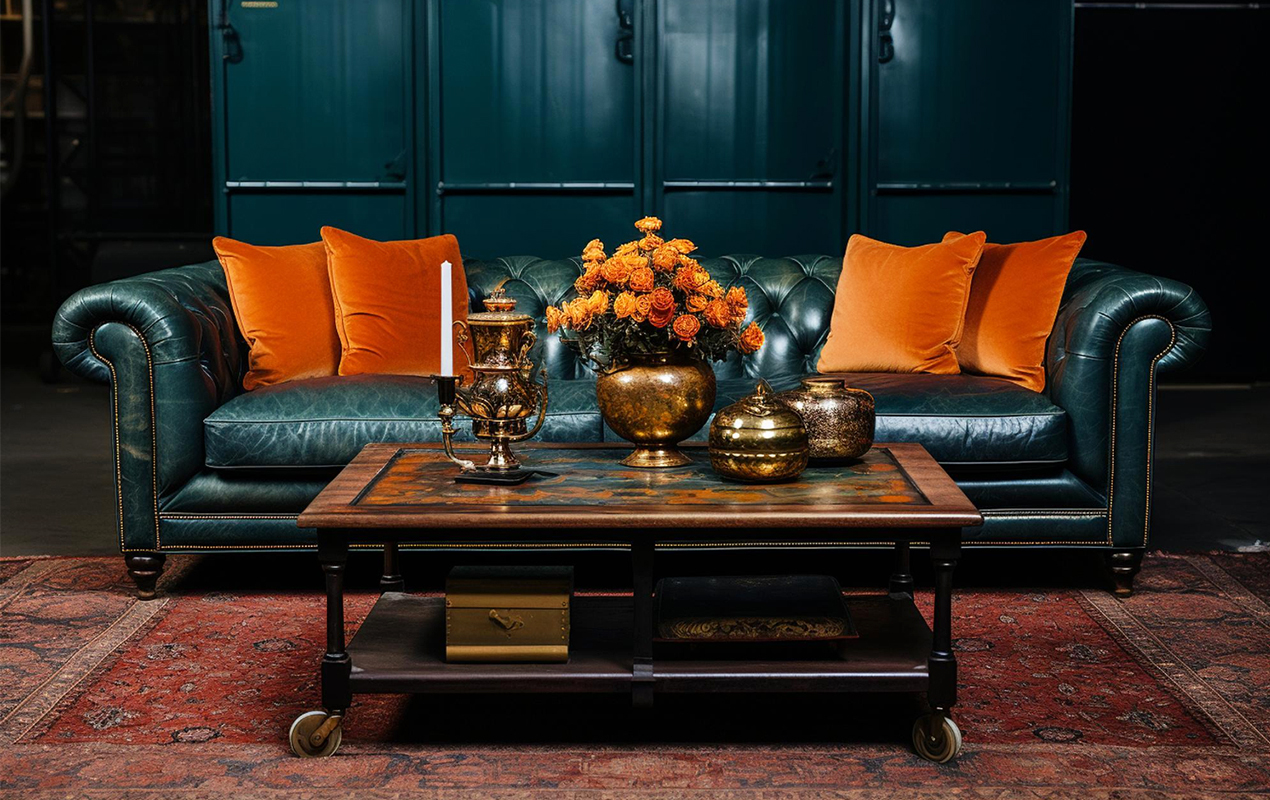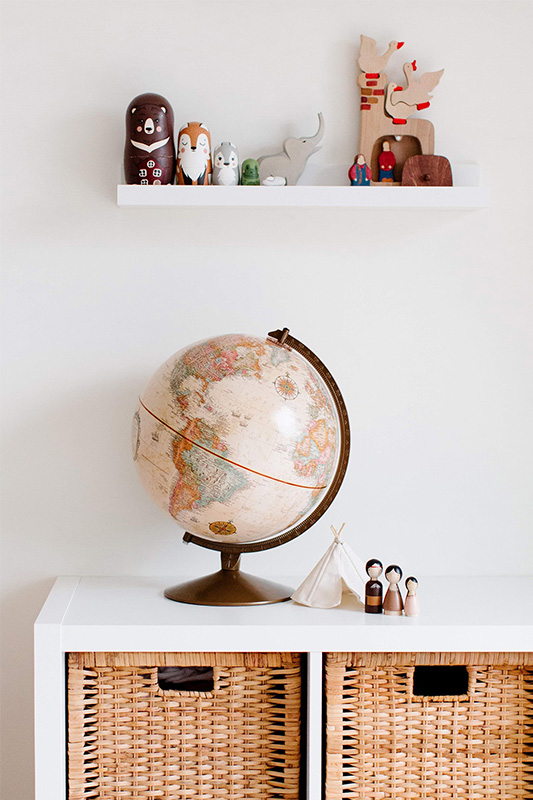Is Your Coffee Table a Hidden Treasure? Uncovering its Age
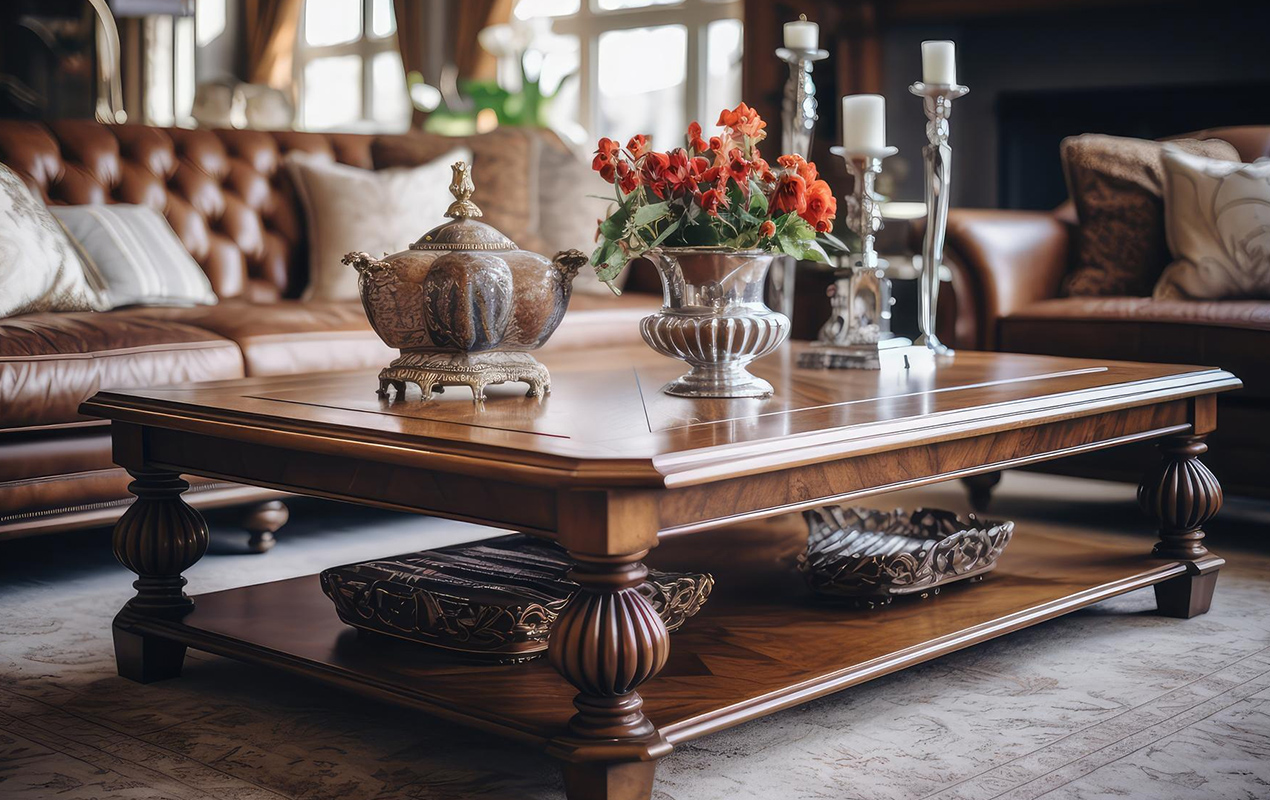
How to Determine the Age of a Wooden Coffee Table
There’s something special about furniture that’s been passed down through generations or discovered at a vintage market. It carries a powerful sense of history and a connection to lives lived before ours. Let’s face it, your table has probably seen more than its fair share of spills and scratches, but those imperfections might just be the key to unlocking its age. We’re here to help decipher those clues and determine the age of your wooden coffee table, turning those spills and scratches into an intriguing timeline.
Knowing the age of your table isn’t just about satisfying curiosity, it can also impact its value, help inform restoration decisions, and allow you to appreciate its craftsmanship. And you never know, yours may just be one such treasure, holding stories you’ve yet to uncover.
In this post, we’ll delve into the methods to assist you in accurately dating your table and unlocking its history. We’ll show you how to turn those everyday marks into historical clues, giving you a glimpse into your table’s past. Sound Good? Great, let’s dive in!
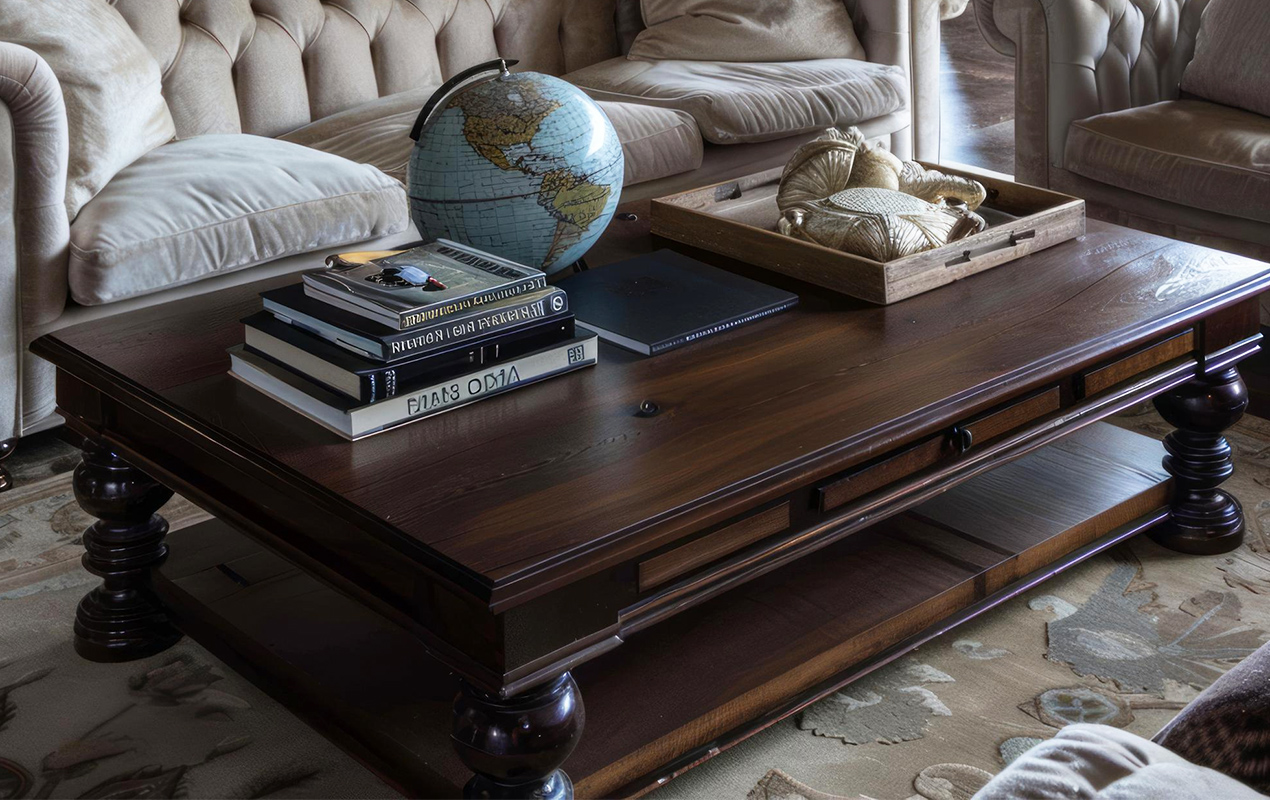
Photo by Chawakorn2000 from Freepik
Clues from Style and Design
Your table’s style can offer valuable clues about its era. Just like fashion, furniture trends have evolved over time, leaving behind distinctive markers of each period. First let’s provide some context, exploring a few prominent styles and their characteristic features.
Victorian Era (mid-1800s to early 1900s): Think ornate carvings, dark wood tones, and a sense of grandeur. Coffee tables from this period commonly feature intricate floral motifs, cabriole legs (curved with an outward flare), and claw feet.
Art Deco (1920s-1930s): Bold geometric shapes, streamlined silhouettes, and the use of luxurious materials like marble and chrome define this era. An Art Deco often boasts sleek lines, symmetrical patterns, and inlays of contrasting materials.
Mid-Century Modern (1940s-1960s): This style champions clean lines, functionality, and natural materials. A mid-century modern table usually features tapered legs, warm wood tones, and a minimalist aesthetic.
A Word of Caution: While style can be a helpful indicator, remember that furniture trends often cycle back into fashion. Reproductions and revivals can muddy the waters, so don’t rely solely on style to determine your coffee table’s age. Consider it one piece of the puzzle, alongside other clues we’ll uncover together.

Photo by Creative Design 787 from Freepik
Examining the Wood and Finish
Wood Species and Their Timeline
The type of wood used to craft your coffee table can provide valuable clues about its age. Different woods have risen and fallen in popularity throughout history, influenced by factors like availability, cost, and stylistic preferences.
- Early American (17th & 18th Centuries): During this period, locally sourced woods like maple, cherry, and pine were commonly used. Mahogany, imported from the Caribbean, was a prized choice for high-end pieces, but its use was often limited to veneers or decorative accents.
- Victorian Era (mid-1800s to early 1900s): Walnut and mahogany reigned supreme in this period, known for their rich, dark tones and ability to showcase intricate carvings. However, Oak was also a favored choice, particularly for its durability in larger pieces.
- Mid-Century Modern (1940s-1960s): This era embraced slightly lighter woods like teak, rosewood, and walnut. These complemented the clean lines and minimalist aesthetic of the period, often showcasing their natural grain and warm tones.
- Modern & Contemporary (late 20th century – present): A wider variety of woods is used today, including both domestic and exotic species. Additionally, sustainable and reclaimed woods are also favored in the present day, reflecting a growing awareness of environmental concerns.
Understanding the historical context of wood usage can be a valuable tool in helping to determine the age of your wooden coffee table. However, it’s important to remember that wood availability can vary by region and individual craftsman preferences, so consider this information alongside other clues.
In addition to the primary wood used for the tabletop and legs, look for any secondary woods used for less visible components like drawers or stretchers, as these may offer additional clues about the table’s age and origin.
Keep in mind that wood identification can be tricky, especially with older vintage pieces that may have been refinished or repaired. If you’re unsure about the wood type used in your table, consulting a professional appraiser or using online wood identification resources can be helpful.

Photo by Rajahanan5048 from Freepik
Wear and Patina
Time leaves its mark on everything, and wooden furniture is no exception. The natural wear patterns that develop over years of use can be valuable clues to a table’s age.
Scratches, Dents, and Dings: These imperfections tell a story of a life well-lived. Look for subtle signs of use on the tabletop, especially around the edges where cups and plates might have been placed. Dents and dings on the legs can also indicate age and frequent handling.
Fading and Color Changes: Exposure to sunlight and air can cause wood to fade or change color over time. Observe the overall tone of the wood and compare it to areas that might have been less exposed, such as the underside of the tabletop or the interior of drawers. A noticeable difference in color can suggest significant age.
Patina: This is the natural sheen that develops on wood over time due to handling and exposure to natural elements. A rich, warm patina is a hallmark of age, but beware of artificial distressing techniques that can mimic this effect. Look for a consistent patina that feels smooth and natural, not forced or uneven.
Distinguishing Natural Patina from Artificial Distressing
- Natural Patina: Develops gradually and evenly over time, resulting in a soft, mellowed appearance and smooth feel.
- Artificial Distressing: Often appears exaggerated and uneven, with sharp edges and a rough texture.
Specific areas to examine for wear patterns on a coffee table
- Tabletop edges and corners
- Areas around handles or pulls
- Leg bottoms and feet
- Interior of drawers or shelves

Photo by Chawakorn2000 from Freepik
Finish and Hardware
The type and condition of the finish and hardware on your coffee table can also provide clues about its age.
Finish Types
- Shellac: Commonly used before the mid-1800s, shellac produces a warm, amber-toned finish that darkens with age. It’s susceptible to water damage and can show signs of crazing or cracking over time.
- Lacquer and Varnish: These finishes became more popular in the late 19th and 20th centuries. They offer greater durability than shellac but can also show signs of wear and tear, such as chips, scratches, or discoloration.
- Oil Finishes: These penetrate the wood and provide a natural look and feel. They require periodic reapplication but can develop a beautiful patina over time.
Hardware
- Brass and Iron: These metals were commonly used for hardware in older furniture. Look for signs of tarnish, oxidation, or wear patterns that indicate age.
- Modern Metals: Newer coffee tables may feature hardware made from materials like chrome, stainless steel, or aluminum. These materials are generally more resistant to corrosion but may not offer the same historical charm as older hardware.
Inspect the condition of the finish and hardware carefully. Signs of repair, replacement, or refinishing can impact the table’s authenticity and value. However, even well-maintained original finishes and hardware will show signs of age, adding to the character and story of your table.

Photo by Luboschlubny from Freepik
Uncovering Hidden Clues
Sometimes, the most revealing clues about your coffee table’s age are hidden from plain sight. Like a treasure hunt, let’s explore some of the secret spots where you might find valuable information.
Labels, Stamps, and Maker’s Marks
These markings, often discreetly placed, can be like a time capsule, providing direct links to the table’s maker, origin, and sometimes even the date of production.
Where to Look
- Underside of the tabletop
- Inside drawers or on the back panels
- Underneath the table, on the frame or legs
- On the back of any attached hardware
What to Look For
- Manufacturer’s labels or stamps: These may include the company name, location, and sometimes a date or model number
- Handwritten markings: These could be the craftsman’s signature, a date, or other identifying information
- Paper labels: These might be glued or tacked on and could contain details about the retailer, manufacturer, or even the original owner
- Date or Production Number: This is the holy grail! If you’re lucky enough to find a date or production number, it can pinpoint the exact year or period your table was made.
If you find any markings, carefully research them online or consult with an antique appraiser. These markings can significantly narrow down the timeframe of your coffee table’s creation.

Photo by Peerawat45230 from Freepik
Provenance and Documentation
The history of ownership can also shed light on a table’s age. If you’re lucky enough to have any accompanying documentation, it can be like piecing together a puzzle.
Valuable Documents
- Original sales receipts or invoices
- Family histories or photographs featuring the table
- Auction records or appraisal documents
- Letters or notes referencing the table
These documents can provide concrete evidence of the table’s age, previous owners, and even its journey through time. Even a simple photograph of your grandparents’ living room with the coffee table in the background can offer valuable context.
If you lack documentation, consider talking to family members or previous owners who might have stories or information to share about the table’s history. These histories can be just as valuable as written records.

Photo by Dibadiba2580 from Freepik
When in Doubt: Seeking Expert Advice
Sometimes, even after careful examination and research, the age of your coffee table might remain a mystery. Don’t worry, you’re not alone! There are experts and resources available to help you crack the code.
Antique Appraisers and Dealers
Consulting a professional antique appraiser or dealer can be invaluable. They possess the knowledge and experience to assess your coffee table’s age, origin, and potential value accurately.
-
Expertise: Appraisers and dealers have spent years studying furniture styles, construction techniques, and historical context. They can often identify subtle details and nuances that might escape the untrained eye.
-
Authentication: They can help determine if your table is a genuine antique or a reproduction, which can significantly impact its value.
-
Valuation: If you’re considering selling or insruing your coffee table, an appraiser can provide a professional assessment of its worth.
-
Historical Context: Beyond just the age, an appraiser can often provide insights into the table’s history, maker, and even previous owners, adding another layer of richness to your understanding.
To find a reputable appraiser, look for certifications from organizations like the Appraisers Association of America or the International Society of Appraisers.

Photo by Angel.nt.111 from Freepik
Online Resources and Communities
The internet is a treasure trove of information for antique enthusiasts. Numerous online platforms, forums, and resources can help you identify and date your coffee table.
Helpful Online Resources
- Furniture Identification Websites and Forums: These platforms allow you to post photos and descriptions of your table, and receive feedback from experts and fellow enthusiasts.
- Online Antique Appraisal Services: While not a substitute for an in-person appraisal, these services can offer preliminary insights into your table’s age and value.
- Social Media Groups and Pages: Connect with other antique lovers and share your findings. You might discover valuable information or leads to further research.
Remember to approach online resources with a critical eye. Not all information is accurate, and it’s essential to cross-reference your findings and consult with experts when necessary.
Tip: When seeking online help, be sure to provide clear photos of your table from various angles, including close-ups of any markings, hardware, or distinctive features. The more information you provide, the more likely you are to receive helpful feedback.

Photo by Peerawat45230 from Freepik
Determining the Age of a Wooden Coffee Table – Final Thoughts
Determining the age of a wood coffee table is like embarking on a captivating treasure hunt. By carefully examining its style, wood, construction, and any hidden markings, you can piece together its history and gain a deeper appreciation for its journey through time.
It’s not always about pinpointing an exact date. Sometimes, it’s about narrowing down the possibilities, appreciating the craftsmanship, and connecting with the past. Embrace the detective work, ask for help when needed, and enjoy the process of uncovering the stories your table has to tell.
Whether your coffee table turns out to be a cherished antique or a more recent addition to your home, knowing its age adds another layer of meaning and value. It transforms a simple piece into a tangible link to the past, a conversation starter, and a potential heirloom to be passed down for generations to come.
There’s a certain comfort in noticing how spaces evolve with us, and DeCasa Collections spends time with those small shifts.

